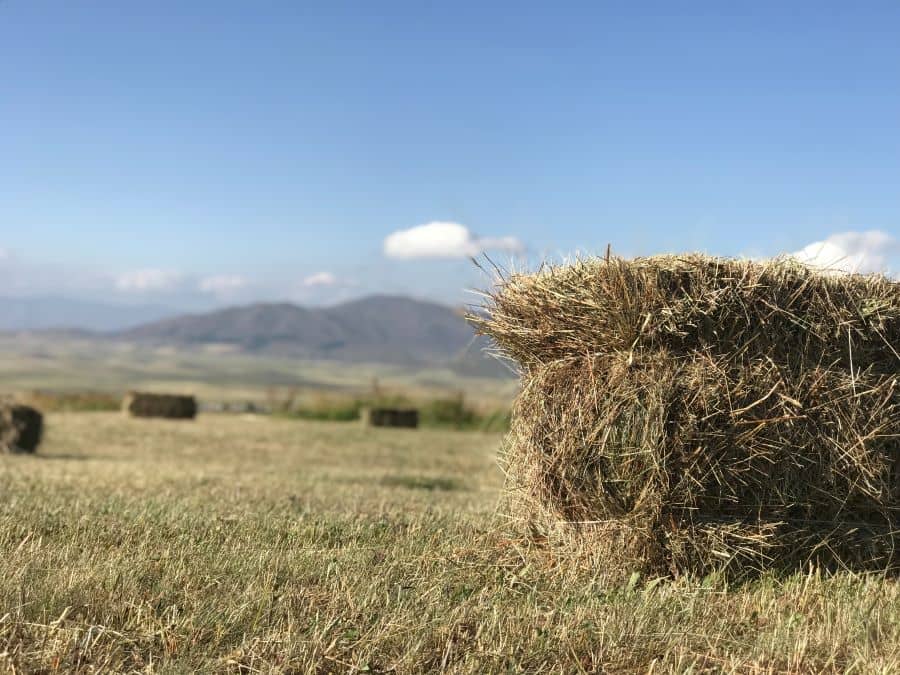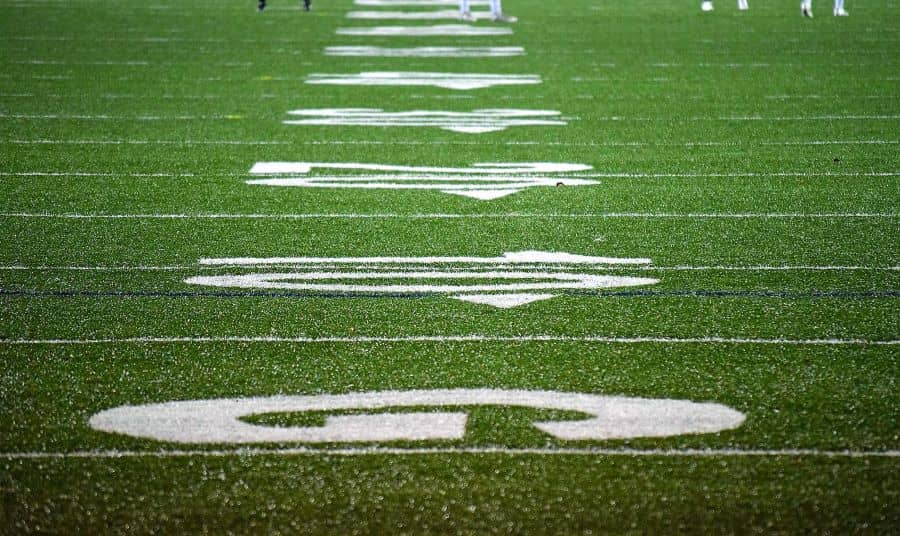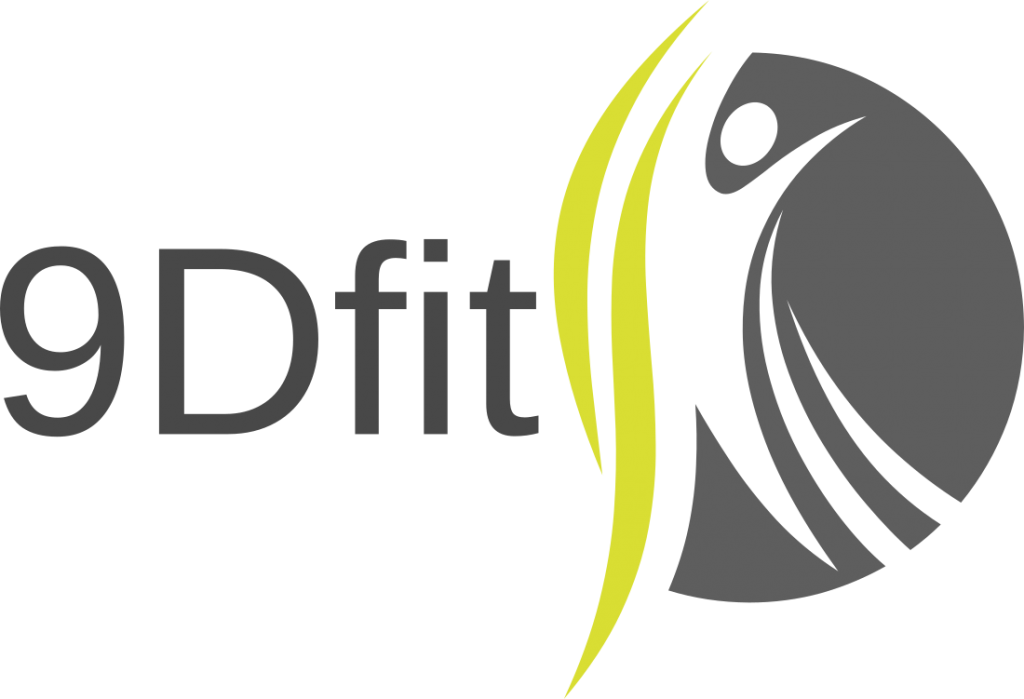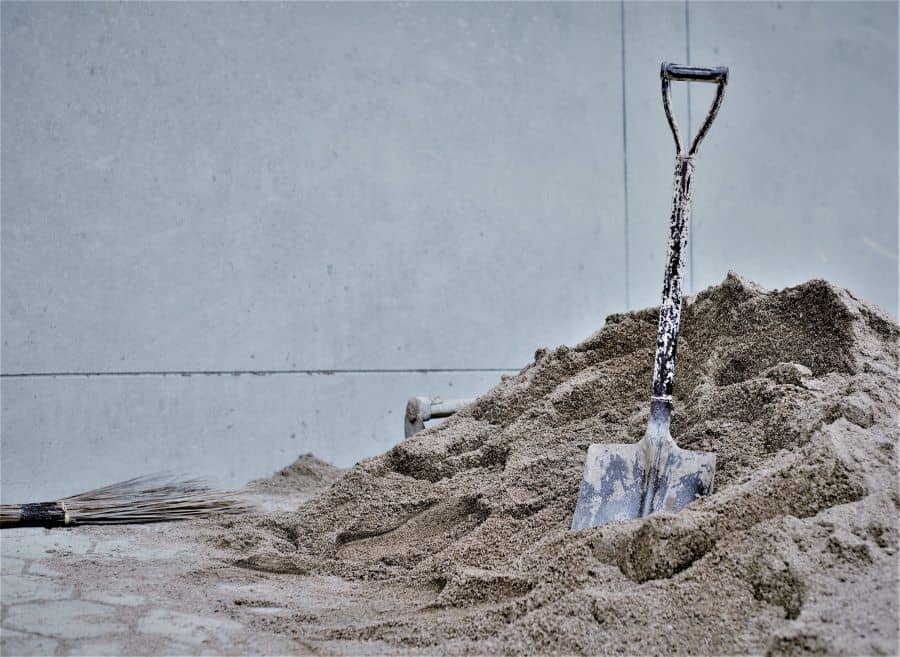Being a hard worker builds more than just callouses.
It can lay the foundation for mindset, functional strength, and athletic success.
What if the key to unlocking your full athletic potential wasn’t in the latest technology or electronic equipment?
What if one of the major secrets of success was in the sweat, callouses, and grit that come from physical labor? It may sound a bit counterintuitive, but for many, manual labor has been an incredible way to build a foundation for athletic success.
The benefits of manual labor go beyond just physical strength- it teaches discipline, effort, and perserverance while forging mental toughness. All valuable skills that will serve you well in both sports and in life.
Growing up, many elite athletes honed their athletic skills through manual labor: carrying hay bales, chopping wood, or working on farms. These are not just physical activities- they are the stepping stones that lay the foundation to success in any sports field.
In this series of articles we’ll deive into many of these stories!
So, put on your boots, roll up your sleeves, and let’s get to it.
The Power of Pushing (or Throwing) Through

Quick question for you: how much work is required to throw a 40lb bale of hay 6-10 feet up into the air?
Using the equation W = mass x gravity x height we get 5,174 – 8,624 Joules.
Now picture doing that hundreds of times throughout the day in 80–90-degree heat, day in and day out.
Imagine the functional strength and power this develops in an athlete who has done this since they were in elementary or junior high school?
Birds of a Different Feather: Synonyms for Hard Work and Dedication

Kaizen is the Sino-Japanese term for the philosophy of continuous improvement or change for the better. Progredire is the Italian term for progress. Chixu gaishan is Chinese for continuous improvement. Synechís veltíosi is Greek for continuous improvement. Tony Robbins calls it “CANI“.
Grit, perserverance, assiduous, diligent, industrious, and tireless. No matter language, the concept is still the same: small, progressive, continuous improvements oftentimes lead to positive changes and success.
Progressive overload is often taught in strength and conditioning courses through the Tales of Milo from Croton.
Milo was the most successful wrestler in Greece during the 6th century, including six Olympic championships. In an effort to intimidate, he would eat raw bull’s meat and drink the blood in front of his opponents. It had been thought that his invincibility in competition came from his appetite for alectoriae, or gizzard stones of roosters.
Along with his wrestling acumen, he is also known for his feats of strength including carrying his own bronze statue up to Mt. Olympia, bursting a band around his head just by taking a big breath of air, and holding a pomegranate in his outstretched hand while opponents tried to open his fingers to take the fruit.
One of his feats of strength, however, stands above all others. It is the legend of how he raised a bull from baby-calf to four years old. To train for wrestling, he would carry the calf up a mountain every day.
How does This Relate to The Principle of Progressive Overload?

Conditioning the musculoskeletal and nervous systems to handle more work, heavier loads, and greater amounts of force, leads to positive improvements over time. In this case, Milo carried the calf every day from the day it was born, with the bull being its lightest on the first day, and gradually growing until full maturity.
The day-to-day consistency of carrying the calf, then bull, allowed for small incremental adaptations to the demands. In essence, Milo’s strength grew with the weight of the calf until the day he was carrying a full-grown bull up a mountain.
A similar tale of incremental adaptations over time is seen in the classic Arnold Schwarzenegger movie, Conan the Barbarian. As a child Conan is captured by an evil horde and put to work with the other slave children. Their job: to push a giant, man-powered grain mill known as the Wheel of Pain.
As a young boy he was pushing the mill around in its circle with the help of several other children. The movie fast forwards to his teenage years in which he is pushing the wheel with the help of just a few other slaves. Then finally, after years and years of pushing the wheel, Conan is shown as a grown man pushing the monstrous wheel around in the circle all by himself.
Conan vs “Hercules of the Village”

A real-life example of this is the story of the great Russian Olympic Weightlifting Champion Vasily Alekseyev. Between 1970 and 1978 Alekseyev won 2 Olympic gold medals, 8 world championships, and set dozens of world records. During that time, he was unbeaten in competition and set his career bests of 564lbs in the clean and jerk and 419lbs in the snatch.
How did he start the foundation for his unparalleled strength? Alekseyev grew up in the coal-mining town of Shakhty as the son of a lumberjack. At around the age of 11 or 12 he began working for a farm collective, chopping down trees, carrying logs, and pushing giant logs into the river as a part of his work and exercise.
According to legend his first barbell was the axle of an old truck. At the age of 14, along with his incredible feats of strength, he was already wrestling and nearly beating adult lumberjacks, earning him the reputation as the Hercules of the Village.
Not only did this manual labor improve his functional strength at the time, but it also laid the foundation for his physical capacity to withstand the rigors of the training that followed as he began to mature and compete as a weightlifter. This is also where he may have learned the work ethic, discipline, and perseverance that led to his such a long and successful career.
Examples abound of successful athletes spending their youth performing manual labor, from field work to coal mines, to dairy farming and laying roofs, tar, and concrete. Many times, this early development of functional strength, work ethic, and overall physicality extended beyond the job/work and onto the athletic field.
In some cases, the foundation for hall of fame careers is laid, while they learn the work ethic, perseverance, and grit to achieve remarkable success both on and off the field.
Take for instance this athlete whom you may be famiilar with….
Ladders, Asymmetrical Load Carrying, and The Greatest of All Time?

15,269 yards. 5 yds/carry career average. 2053 yards rushing while averaging 6.1 yards per carry in 1997. Over 1100 yards rushing in every season he played in the NFL. 99 career touchdowns (all without a single endzone dance or celebration). Ran for 14 consecutive 100-yard games in one season. Four 200 yards rushing games.
Those are the numbers Barry Sanders put up throughout his illustrious career. Not to mention that he did this as the primary offensive weapon year in and year out, having never played with an all-pro or pro bowl quarterback in his 10-year career.
Here are the starting quarterbacks he played with throughout his career:
- 1989 Rodney Peete (1479yds) / Bob Gagliano (1671yds) / Eric Hipple (90yds)
- 1990 Rodney Peete (1974yds) / Bob Gagliano(1190yds) / Andre Ware (164yds)
- 1991 Rodney Peete (1339yds) / Erik Kramer (1635yds)
- 1992 Rodney Peete (1702yds) / Erik Kramer (771yds) / Andre Ware (677yds)
- 1993 Rodney Peete (1670yds) / Erik Kramer (1002yds) / Andre Ware (271yds)
- 1994 Scott Mitchell (1456yds) / Dave Krieg (7)
- 1995 Scott Mitchell (4338yds)
- 1996 Scott Mitchell (2917yds) / Don Majkowski (554yds)
- 1997 Scott Mitchell (3484yds)
- 1998 Charlie Batch (2178yds) / Frank Reich (768yds) / Scott Mitchell (452yds)
What is most remarkable about his output is that defenses were centered around him getting the ball. They would put 8,9, or even 10 guys in the box, and yet he was still able to juke, cut, spin, break a tackle and accelerate his way to positive yards. He did this with only one year of the team having more than pro-bowler on the offensive line (Lomas Brown and Kevin Glover 1995) throughout his entire career.
His college career, in particular his junior (and final) season, was just as, if not more amazing. During his 1988 Heisman winning season he:
• Rushed for 2628 yards
• Averaged 238.9 rushing yards per game
• Had 4 300-yard games
• Averaged over 7 yards per carry
• 39 rushing touchdowns
• At 197lbs he squatted 557lbs and bench pressed 360lbs
• Rushed for 3 touchdowns in 9 of the games
• Was pulled early from many games that season
His elusiveness, strength, balance, and ability to stop, change direction and accelerate again made him nearly impossible to tackle. At 5’8” he could stand on two feet and dunk a basketball. Aside from his incredible work ethic in the weight room and on the field, where else might he have developed his balance and functional strength?
Raising the Roof: Instilling the Values of A Hard Worker

Did you know that Barry Sanders’ father, William, was a roofer? In those summers growing up in Wichita, Barry worked for his dad. According to a 1991 Chicago Tribune article titled DETROIT`S SANDERS HAS RAISED THE ROOF,
“The old man worked him hard. In the hot summers that swooped down on those endless Kansas plains, William Sanders would load his sons into a truck and use them as helpers on one of his jobs.
The old man had a roofing business in Wichita, and Barry Sanders remembers climbing those ladders, one slow step at a time, with hundreds of pounds of asphalt strapped to his back.
Sweat poured off his face and aching arms, and he remembered that he thought at the time: ‘’I better get an education.’’
The work didn’t stop on top of the houses for Barry either, his father and brothers also had experience in pouring concrete foundations and constructing home additions. Barry looked back and remembered this as his “education” took place even before the star arrived on campus at Oklahoma State. Barry’s father had taught him a valuable lesson by instilling in him a work ethic that no classroom or textbook could provide.Throughout his years in the NFL, Barry would return to work with his father laying shingles in Wichita through the summer, before returning to training camp with the Detroit Lions, his father was relentless in his demands of Barry – for the sole reason of demanding and knowing what his son was capable of.
”Barry is a good worker, and he knows how to follow orders. When he hammers a shingle down wrong, the whole neighborhood hears it. I let him know.” William Sanders said (1).”
Unlock the Grit and Unbreakable Mindset of the Hard Worker in You.
As you’ve seen, the benefits of hard work and manual labor are numerous.
Success doesn’t always have to come through expensive equipment, fancy technology, or the latest workout fads.
Hard work and manual labor build more than just physical strength- they can test and shape character and work ethic, while laying a path for lifelong success.
By embracing the sweat and calluses that come with manual labor, you are laying the foundation for new levels of strength, determination, fortitude, and athletic success.
Thanks for reading and feel free to share your early work experience stories (manual labor or not). We’d love to hear them!
Stay tuned for Part 2 (We’re sure you recognize a few of the athletes).

If you’d like to read these and dozens more stories and accompanying training methodologies, check out our book Hard Work Strength. Also, be sure to check back in on our blog for future posts on this and similar topics!
References
- Kram, M. DETROIT`S SANDERS HAS RAISED THE ROOF. Chicago Tribune. https://www.chicagotribune.com/news/ct-xpm-1991-09-08-9103080035-story.html. 1991.


